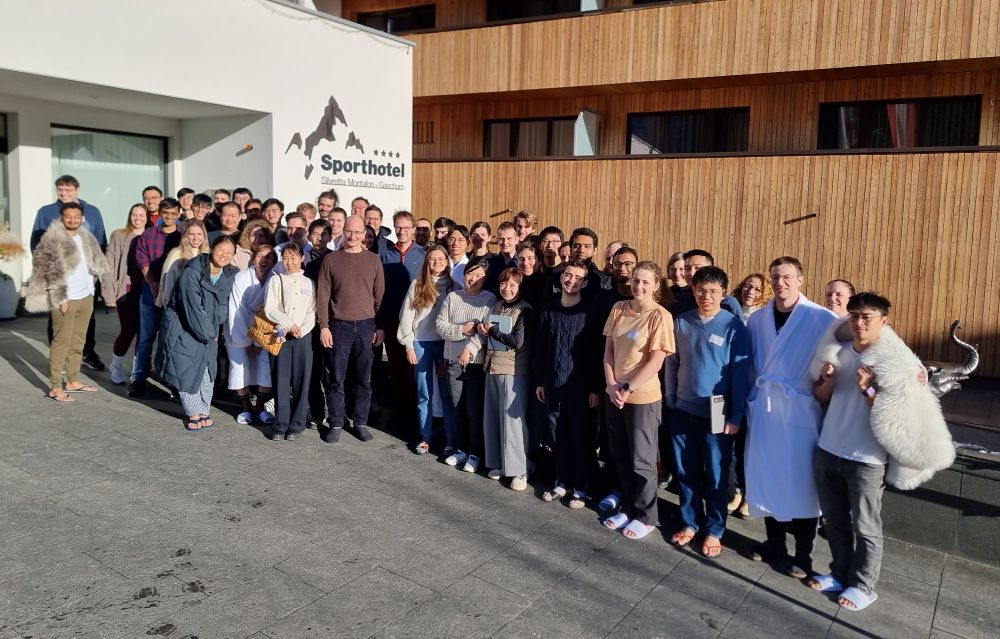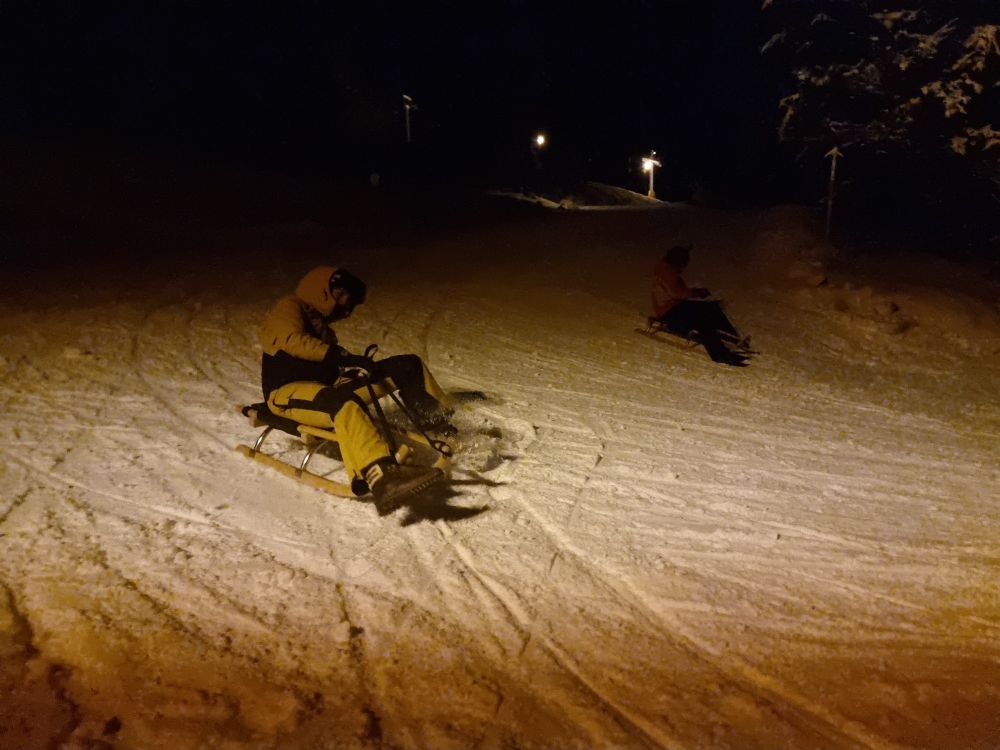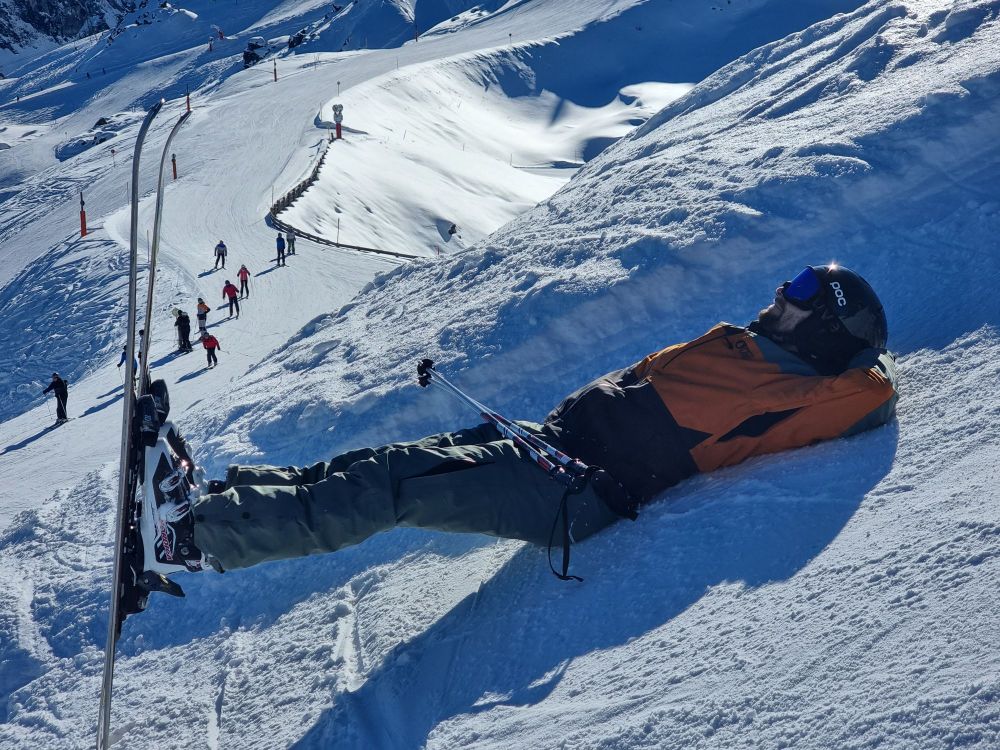🌍: visinf.github.io/scenedino/
📃: arxiv.org/abs/2507.06230
🤗: huggingface.co/spaces/jev-a...
@jev-aleks.bsky.social @fwimbauer.bsky.social @olvrhhn.bsky.social @stefanroth.bsky.social @dcremers.bsky.social
🌍: visinf.github.io/scenedino/
📃: arxiv.org/abs/2507.06230
🤗: huggingface.co/spaces/jev-a...
@jev-aleks.bsky.social @fwimbauer.bsky.social @olvrhhn.bsky.social @stefanroth.bsky.social @dcremers.bsky.social
Turns out distortion calibration from multiview 2D correspondences can be fully decoupled from 3D reconstruction, greatly simplifying the problem
arxiv.org/abs/2504.16499
github.com/DaniilSinits...

Turns out distortion calibration from multiview 2D correspondences can be fully decoupled from 3D reconstruction, greatly simplifying the problem
arxiv.org/abs/2504.16499
github.com/DaniilSinits...
Surprisingly, yes!
Our #CVPR2025 paper with @neekans.bsky.social and @dcremers.bsky.social shows that the pairwise distances in both modalities are often enough to find correspondences.
⬇️ 1/4
Surprisingly, yes!
Our #CVPR2025 paper with @neekans.bsky.social and @dcremers.bsky.social shows that the pairwise distances in both modalities are often enough to find correspondences.
⬇️ 1/4
Turns out you can!
In our #CVPR2025 paper AnyCam, we directly train on YouTube videos and achieve SOTA results by using an uncertainty-based flow loss and monocular priors!
⬇️
Turns out you can!
In our #CVPR2025 paper AnyCam, we directly train on YouTube videos and achieve SOTA results by using an uncertainty-based flow loss and monocular priors!
⬇️
1️⃣ Can be directly trained on casual videos without the need for 3D annotation.
2️⃣ Based around a feed-forward transformer and light-weight refinement.
Code and more info: ⏩ fwmb.github.io/anycam/
1️⃣ Can be directly trained on casual videos without the need for 3D annotation.
2️⃣ Based around a feed-forward transformer and light-weight refinement.
Code and more info: ⏩ fwmb.github.io/anycam/
For more details check out cvg.cit.tum.de

For more details check out cvg.cit.tum.de





